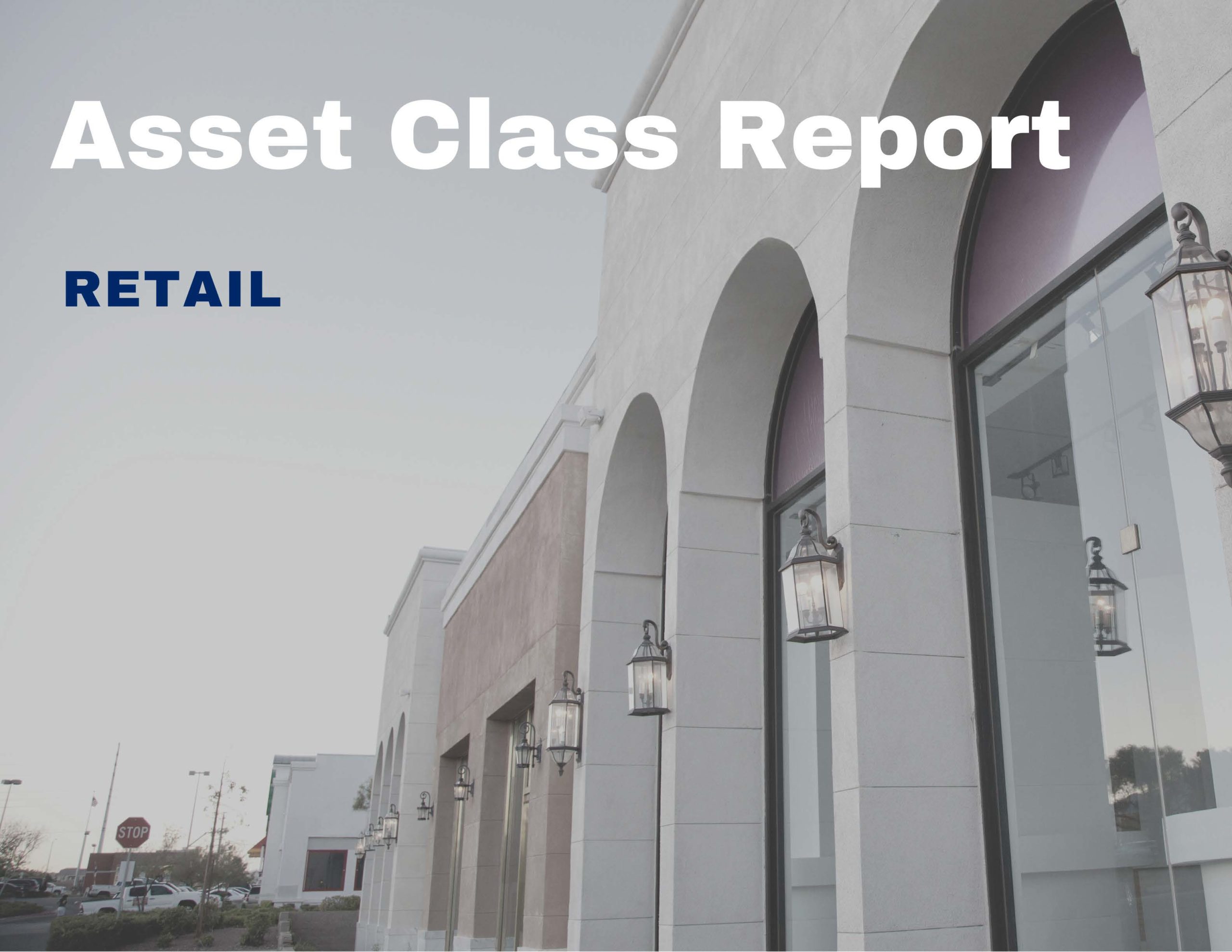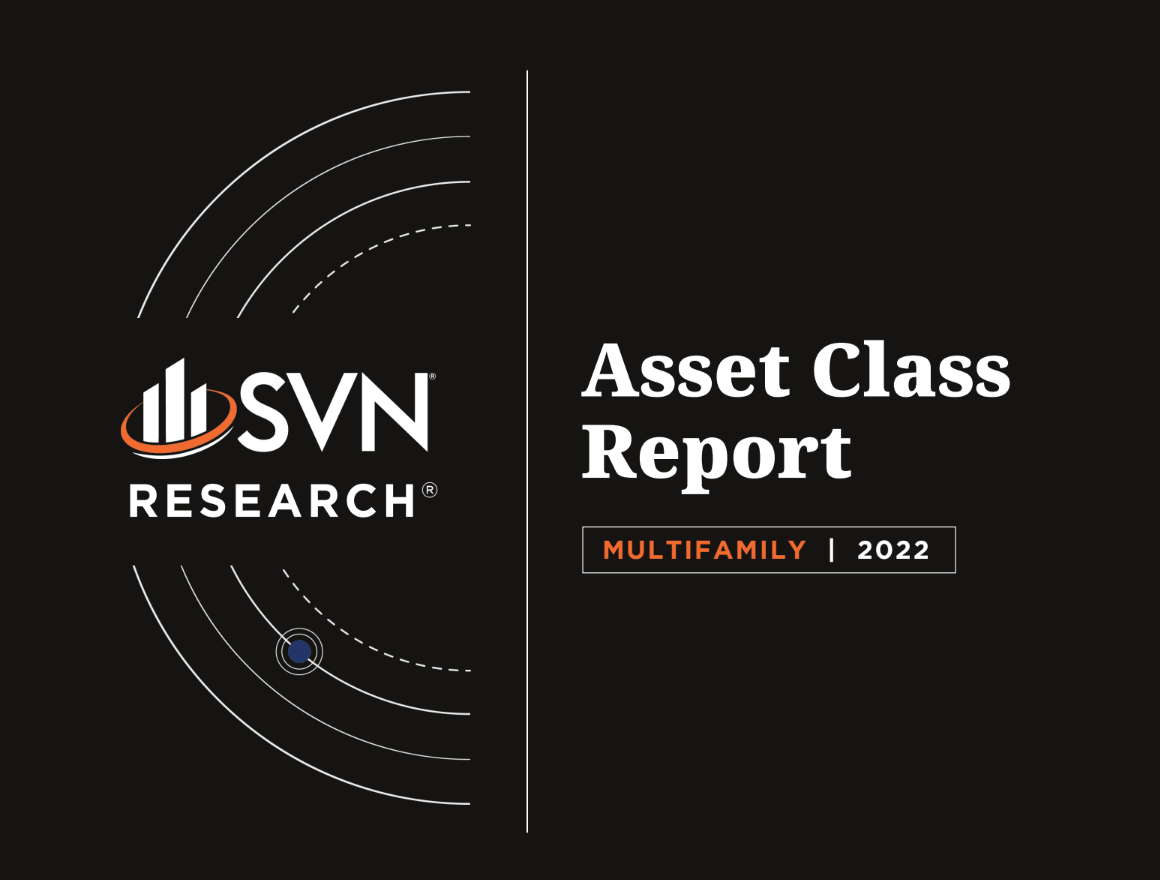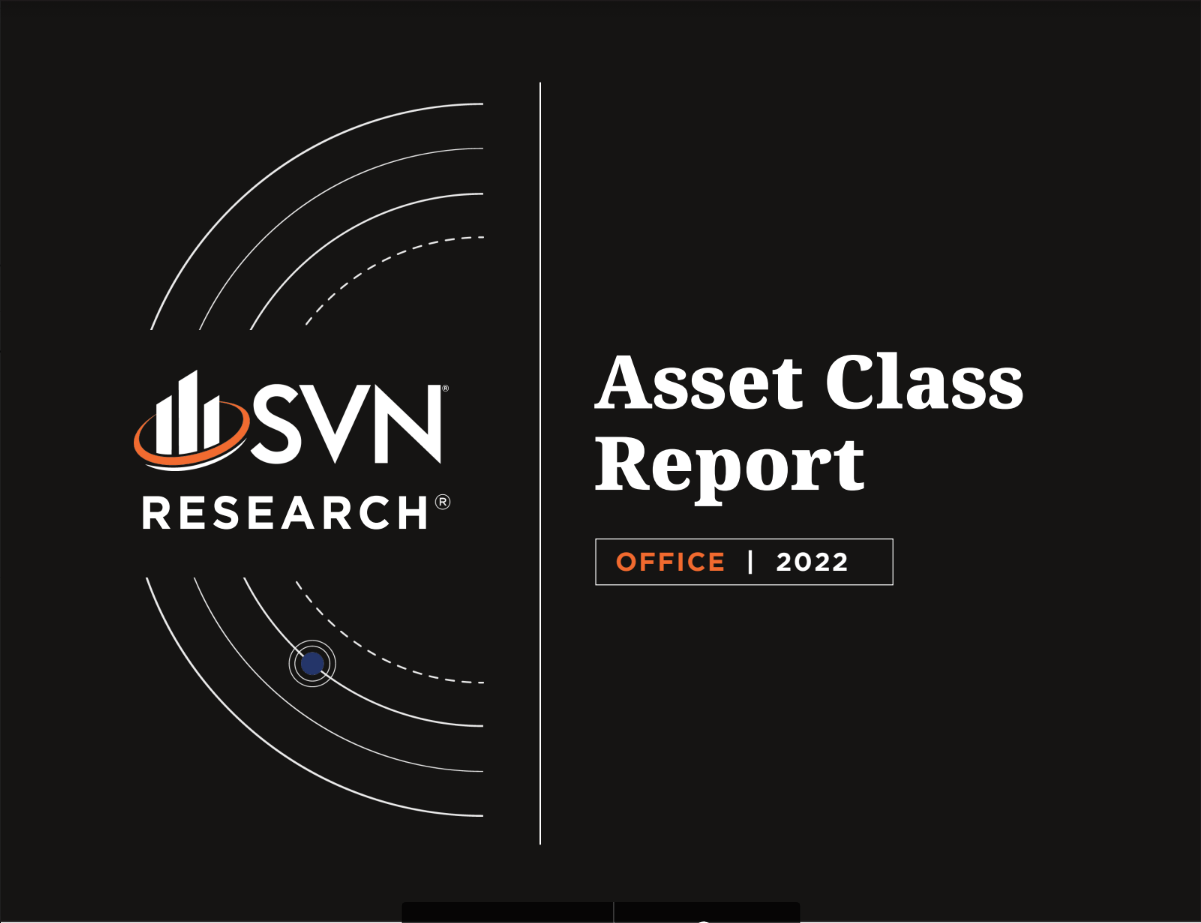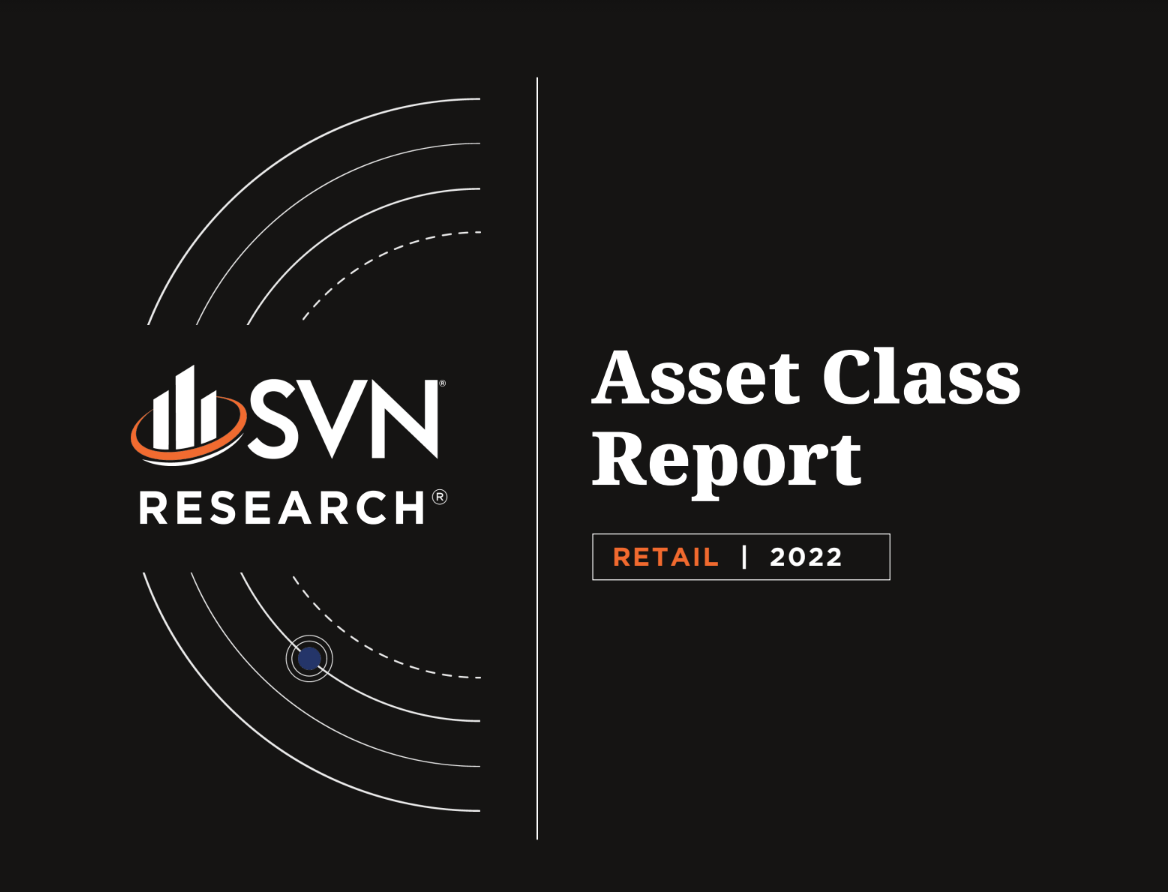admin / February 6, 2023
Commercial Real Estate Economic Update 01.27.2023
Commercial Real Estate Economic Update 01.27.2023
Featured Topics
-
GDP
-
Mortgage Applications
-
Interest Rate Expectations
-
New Home Sales
-
Independent Landlord Rental Performance
-
MSCI-RCA Property Price Index
-
CMBS Special Servicing Rate
-
Millennial Homebuying Demand
-
WFH Commutes
-
Consumer Sentiment
Economic Update 01.27.23 – (Download Full PDF)
1. GDP
• Real GDP increased at a 2.9% annual rate in Q4 2022, according to the advance estimate by the Bureau of Economic Analysis. Economic output has slowed from Q3 2022 when real GDP grew at a 3.2% annual rate.
• While recession fears have amplified heading into 2023, economic output has remained robust from a historical standpoint given the Fed’s aggressive monetary tightening measures. The US has now recovered all output lost during the pandemic, with the end-of-year output in 2022 registering a 2.1% annual growth rate.
• Driving the increase in output during Q4 was increased in private inventory investment, consumption, government spending, and nonresidential fixed investment. These increases were partly offset by declines in residential fixed investment and exports.
• Manufacturing, specifically petroleum/coal products, chemicals, as well as mining, utilities, and construction, led to increases in private inventory investment.
• An increase in both goods and services spending contributed to the growth of consumer spending.
• Growth in intellectual property products propelled nonresidential fixed investment during Q4 while falling single-family construction and industry commissions caused a drag on residential fixed investment.
2. MORTGAGE APPLICATIONS
• Mortgage applications climbed by 7% during the week ending on January 20th, 2023, following a massive 27.9% surge the week before, according to the Mortgage Bankers Association.
• Mortgage application demand fell significantly during the second half of 2022 as mortgage rates rose steeply. After falling for much of December, mortgage applications increased to begin 2023 and have increased sharply throughout January.
• Refinance applications rose 14.6% during the week ending January 20th, while purchase applications rose 3.4%.
• While homebuying demand remains relatively weak compared to early-cycle levels, cooling prices and borrowing costs could draw in many households that remained sidelined in recent months due to affordability constraints.
3. INTEREST RATE EXPECTATIONS
• Federal Funds futures pricing data shows an overwhelming 98% likelihood of a 25 basis points hike at the FOMC’s January 31st-Febuary 1st meeting, according to forecasts compiled by the Chicago Mercantile Exchange.
• Inflation has slowed in recent months, leading to a growing consensus that the Federal Reserve will soon reduce the pace of rate hikes, though not stop them entirely. Consumer price growth remains well above the central bank’s 2% target and officials have signaled the need to continue restrictive policy until price pressures calm.
• In a recent statement, Fed Vice Chair Lael Brainard acknowledged that labor supply remains constrained, but that demand has cooled in recent months and a 1970s-style wage-price spiral hadn’t materialized as some feared. Conversely, Brainard spoke of a “price-price” spiral taking place as retail markup growth exceeds input price growth. Cooling demand and loosening supply chain constraints, she hopes, will continue to lead to disinflationary pressures on goods.
4. NEW HOME SALES
• New sales of single-family homes climbed for the third consecutive month, according to the latest data from the US Census Bureau.
• Home sales rose 2.3% in December to a seasonally adjusted annualized rate of 616k units, up from the revised 602k units registered in November. Falling mortgage rates have increased homebuying demand in recent weeks, evident in a recent increase in mortgage applications.
• Home sales continue to be lower on a year-over-year basis, dropping 26.6% over the past. twelve months.
• Sales rose in the more “affordable” regions of the Midwest and South while falling in the Northeast and West.
5. NEW TRENDS IN INDUSTRIAL REAL ESTATE
• The on-time collection rate for independently operated residential properties improved by 6 basis points between December and January, landing at 81.5%, according to the latest Independent Landlord Rental Performance Report by Chandan Economics. It was the fourth consecutive month that average on-time rent collections have held above 81%, the first in the history of the dataset.
• Gateway markets (New York, Los Angeles, San Francisco, Washington, DC, Houston, Dallas, Chicago, and Boston) have maintained higher on-time payment rates than units located elsewhere for thirteen consecutive months through January 2023. The current on-time collection rate for gateway metros stands at 84.2% through January 15th compared to 81.0% in non-gateway metros.
• The on-time payment rate remained higher for units in the Sun Belt compared to units located elsewhere for the second consecutive month, reaching 82.4%
• Analyzing performance trends at different rental price points, units with monthly rents below $1,000 continue to register the lowest average on-time payment rate through January 2022, coming in at 79.8%. Upper middle-priced rental units (charging between $2,000 and $2499 per month) perform the strongest with a January on-time payment rate of 85.6%. High-priced rentals, defined as those charging more than $2,500 are a close second, with an on-time payment rate of 8.5% in January.
• 2–4-unit rental properties held the highest on-time payment rates of all sub-property types in January, coming in at 82.4%.
6. MSCI-RCA PROPERTY PRICE INDEX
• Commercial real estate prices rose 0.9% year-over-year through December, with prices falling 1.2% month over month according to the latest national all-property index released by MSCI RCA.
• Price growth slowed across all property subtypes during the fourth quarter of 2022 but remained mostly positive, as higher borrowing costs dampened transaction activity.
• Industrial registered the only monthly price increase in December; however, both the warehouse and flex sales have fallen on a year-over-year basis. —18% and 2.0%, respectively.
• Apartments prices fell 1.9% month-over-month in December but climbed 1.8% year-over-year.
• Retail price growth slowed to 3.1% year-over-year and fell 0.5% monthly in December. Still, retail centers saw double-digit annual sales growth to end the year. Shop sales fell sharply in December, with the dollar volume of new deals declining by 29% from the month prior.
• Office prices rose 2.9% year-over-year in December while falling 0.4% month-over-month. Year-over-year, the Hotel sector saw both positive pricing trends and sales growth, rising by 7.2% and 5.0% respectively.
• Prices in the six major gateway markets tracked by MSCI-RCA continued to slow in December, falling by 2.1% year-over-year and registering its seven consecutive monthly declines. Meanwhile, non-major metros slowed to 2.6% year-over-year, with prices falling 1.0% from the month before.
7. LOGISTICS MANAGERS INDEX
• The CMBS special servicing rate tracked by Trepp fell 3 basis points in December, its first monthly decline in the past six months.
• Special serving, which typically increases during economic downturns, fell significantly in recent years as pandemic constraints eased. However, rates began to rise during the second half of 2022 as borrowing costs rose amid weakening demand.
• Lodging saw the largest decline in special servicing, falling 32 basis points from November. Lodging, Apartment, and Retail special service rates all declined in December while Office special serving was unchanged and Industrial rose slightly.
• Office accounted for 85% of new special servicing transfers, but loans coming out of special serving largely offset this.
8. MILLENNIAL HOME BUYING DEMAND
• A new survey by Real Estate Witch reports that 92% of millennials have indicated that inflation has either delayed or significantly impacted their buying plans.
• While the relationship comes as little surprise, Baby Boomers, who have greater wealth on average, are more than twice as likely than millennials to say that their decisions have not been impacted by inflation.
• Specifying those challenges, 59% of millennial respondents claim to be saving more for a home, 36% plan to spend more on a home, 28% are delaying plans for now, 26% are buying a fixer upper, while 25% have opted into buying a smaller home.
9. WFH COMMUTES
• A review by the National Bureau of Economic Research estimates that would-be-commuters save 72 minutes per day on average when working from home.
• Despite growing concerns about productivity shortfalls brought forward by work-from-home adoption, data shows that much of saved commute time has been funneled into work.
• Roughly 40% of remote workers claim to use previous travel time to work a job or side hustle. 34% use this time to relax or exercise, while about 11% use the time to take care of loved ones.
• The paper also noted the various “costs” saved from work from home adoption, including direct ones such as money for gas or public transit, as well indirect ones like personal grooming for work.
10. CONSUMER SENTIMENT
• Preliminary January data for the University of Michigan’s Survey of Consumers showed consumer sentiment rising for the second consecutive month, climbing 8% above December’s level while remaining about 4% lower than this time last year.
• From a historical perspective, sentiment remains extremely low as consumers battle high inflation, but as inflationary pressures have eased in recent months, sentiment has improved.
• Individual assessments of their own personal finances climbed 16% in January to its highest reading in eight months. While consumers’ short-run economic outlook fell slightly in January, the long-run outlook rose by 7%, reaching its highest level in three months.
• Year ahead inflation expectations are also on the downtrend, falling for the fourth straight month and reaching its lowest point since April 2021. However, according to the analysis, expectations remain above the 2.3-3.0% inflation forecasts that was experienced in the years leading up to the pandemic.
SUMMARY OF SOURCES
• (1) https://www.bea.gov/news/2023/gross-domestic-product-fourth-quarter-and-year-2022-advanceestimate
• (3) https://www.newyorkfed.org/microeconomics/sce#/
• (4) https://www.census.gov/economic-indicators/#home_sales
• (5) https://www.chandan.com/independent-landlord-rental-performance-report • (6) https://www.msci.com/research-and-insights/market-insights
• (8) https://www.realestatewitch.com/2023-millennial-home-buyer-report/#inflation
• (9) https://www.nber.org/system/files/working_papers/w30866/w30866.pdf
• (10) http://www.sca.isr.umich.edu/
©2022 SVN International Corp. All Rights Reserved. SVN and the SVN COMMERCIAL REAL ESTATE ADVISORS logos are registered service marks of SVN International Corp. All SVN® offices are independently owned and operated. This is not a franchise offering. A franchise offering can only be made through a Franchise Disclosure Document.


























